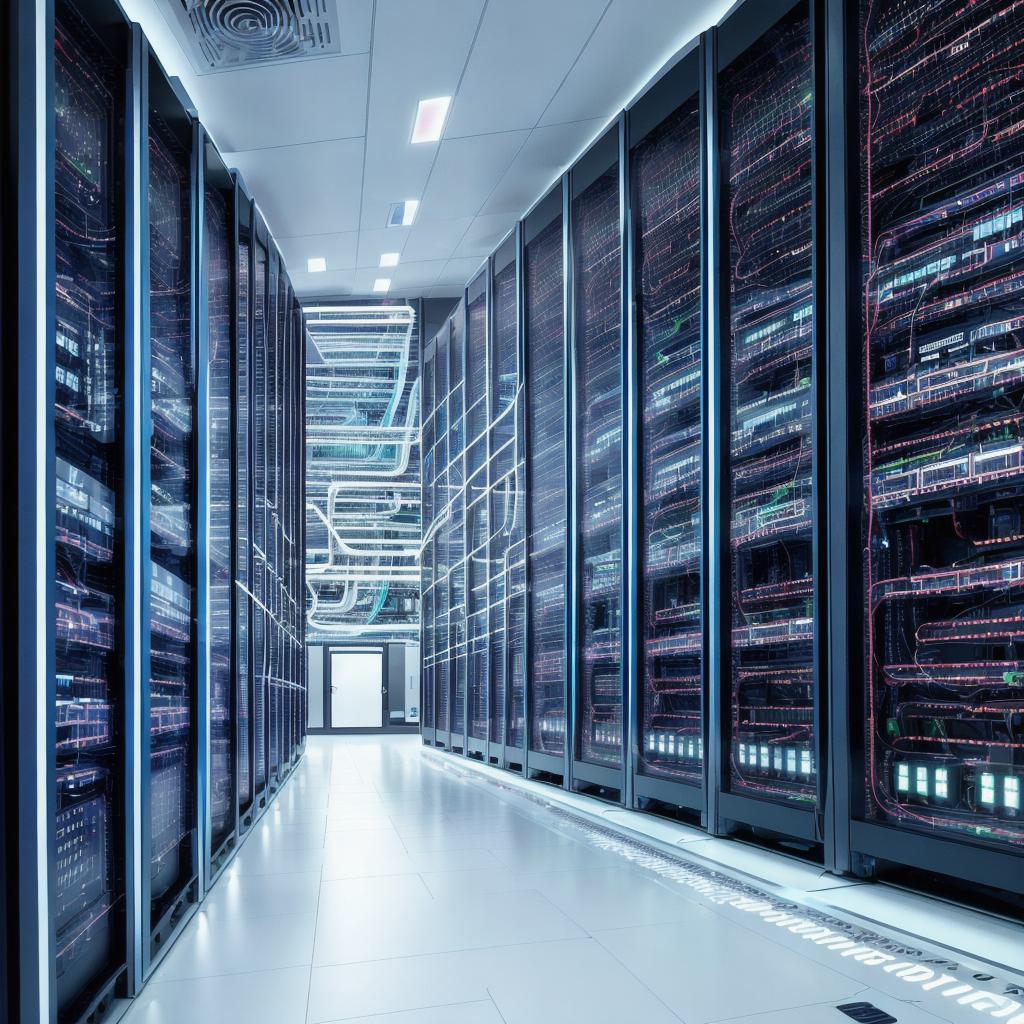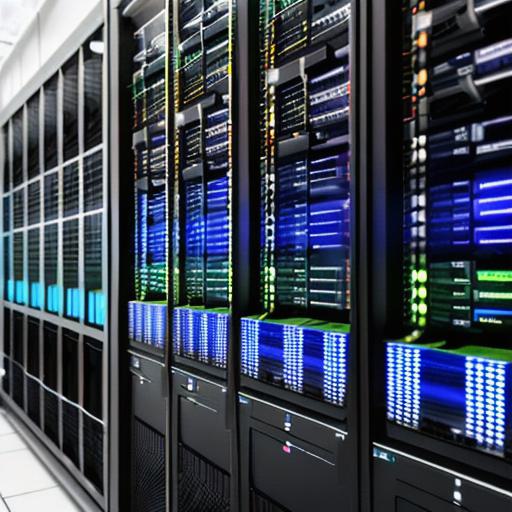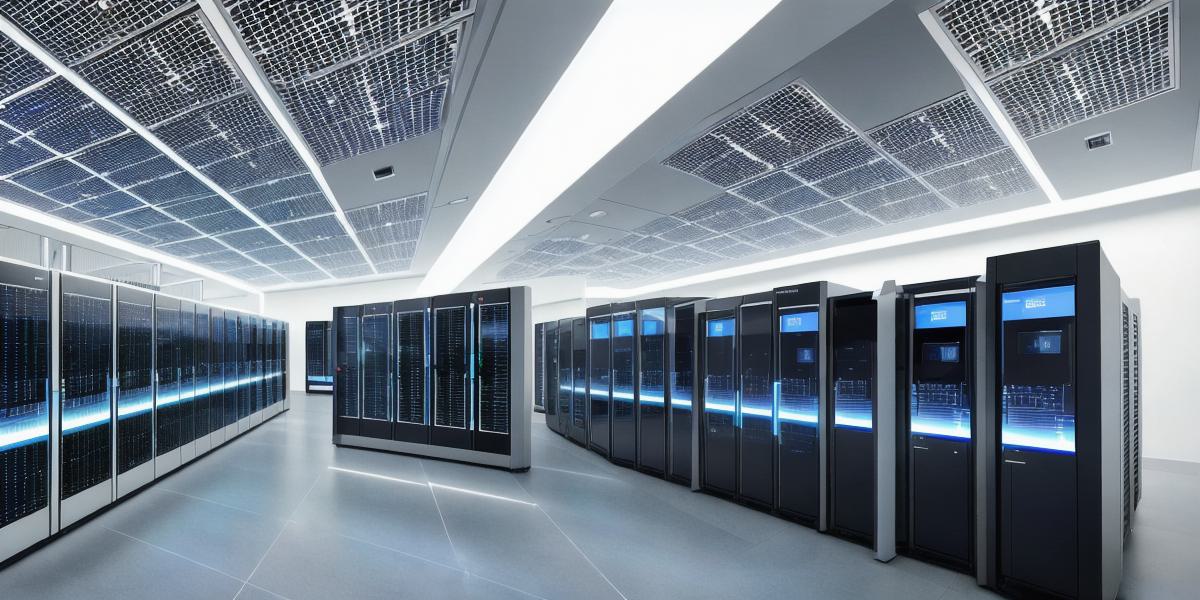As we look towards the future, data centers continue to be a critical infrastructure for businesses and organizations around the world. Here are some predicted trends that will shape the data center landscape in 2023.
1. Edge Computing and Decentralization
The edge of the network is where data is generated and consumed, and edge computing brings processing power closer to the source. This trend will continue to grow in 2023 as more companies look to reduce latency, improve security, and support IoT devices. Decentralized data centers will become more common, with smaller facilities located at the edge of networks to process data locally.
**Example:**
A retail company might use edge computing to analyze customer data in real-time, making personalized recommendations before the customer leaves the store. This requires quick processing and analysis, which is best done closer to the source rather than sending all the data back to a central data center.
**2. Sustainability and Energy Efficiency**
Data centers consume a significant amount of energy, and sustainability will be a major focus in 2023. Renewable energy sources such as wind, solar, and hydroelectric power will become more common, along with energy-efficient designs and technologies like liquid cooling and data center airside economics.

**Example:**
Google has announced plans to operate all its data centers and offices on 100% renewable energy by 2030. This is a significant step towards reducing carbon emissions and minimizing the environmental impact of data centers.
**3. Artificial Intelligence and Machine Learning**
Artificial intelligence (AI) and machine learning (ML) are transforming the way we process data, and this trend will continue in 2023. AI and ML require significant processing power and data storage capacity, making data centers essential infrastructure for these technologies.
**Example:**
AI is used in various industries such as healthcare, finance, and manufacturing to analyze data, make predictions, and automate processes. For example, in the healthcare industry, AI is used to diagnose diseases, predict patient outcomes, and develop personalized treatment plans.
**4. Hybrid Multi-Cloud Architectures**
Hybrid multi-cloud architectures will become more common as companies look to take advantage of the benefits of multiple cloud providers. This trend allows organizations to use different clouds for different workloads based on cost, performance, and security requirements.
**Example:**
A company might use Amazon Web Services (AWS) for its marketing applications, Microsoft Azure for its HR systems, and Google Cloud Platform (GCP) for its machine learning projects. By using a hybrid multi-cloud architecture, the company can optimize costs, improve performance, and ensure security compliance across different workloads.
**5. Autonomous Infrastructure and AIOps**
Autonomous infrastructure and artificial intelligence for IT operations (AIOps) will become more common in data centers as they help to automate tasks, reduce errors, and optimize performance. This trend is driven by the need for greater agility, scalability, and efficiency in today’s dynamic business environment.
**Example:**
Autonomous infrastructure uses machine learning algorithms to learn from historical data and make real-time decisions based on current conditions. For example, an autonomous data center might automatically adjust power usage based on server workload or detect and resolve network issues before they cause downtime.

In conclusion, the data center landscape will continue to evolve in 2023 with a focus on edge computing, sustainability, AI and ML, hybrid multi-cloud architectures, and autonomous infrastructure. These trends reflect the need for greater agility, scalability, security, and efficiency in today’s dynamic business environment. By staying informed about these trends, organizations can make informed decisions and stay competitive in a rapidly changing technology landscape.
